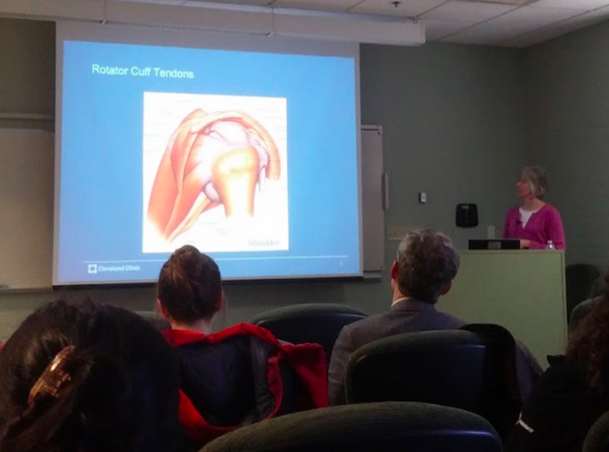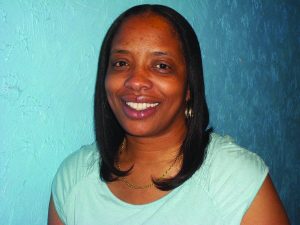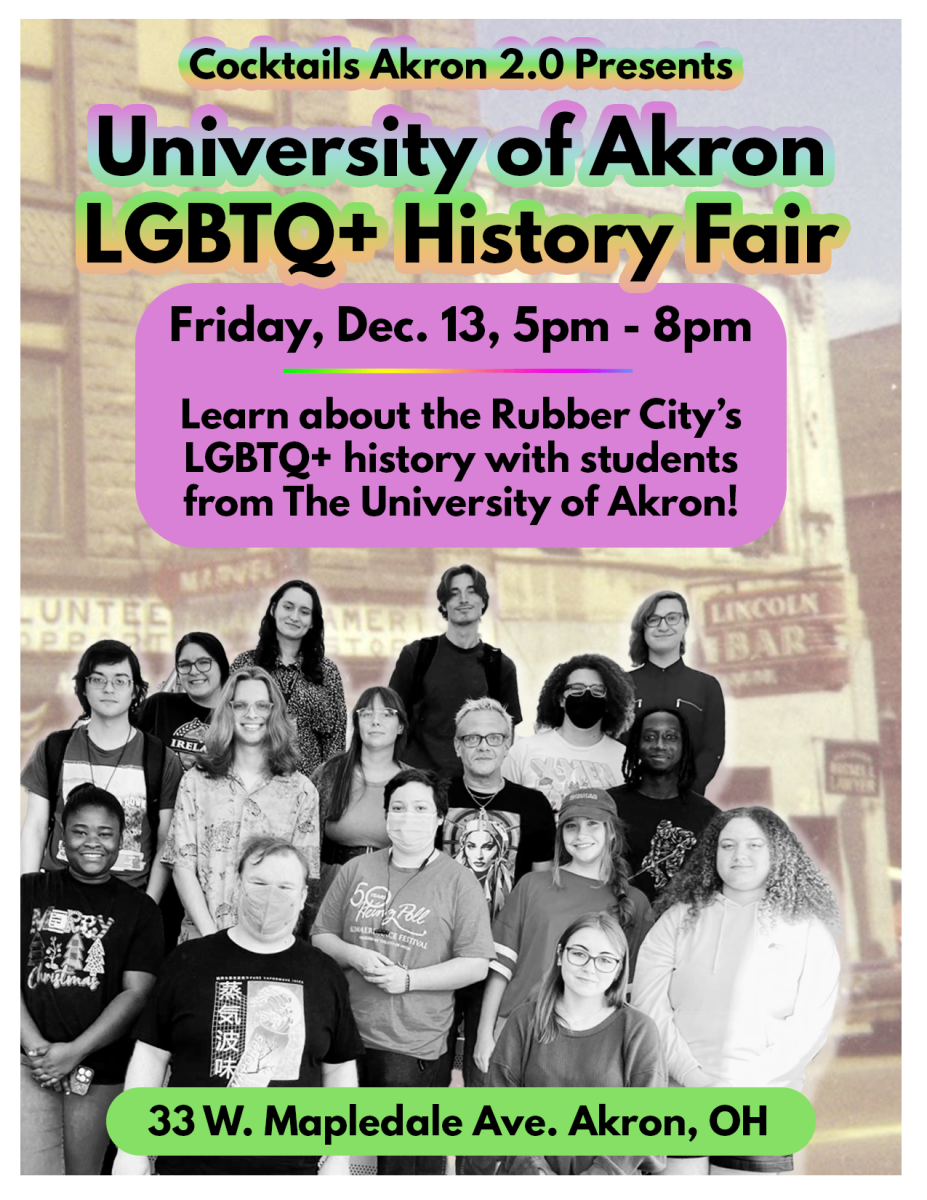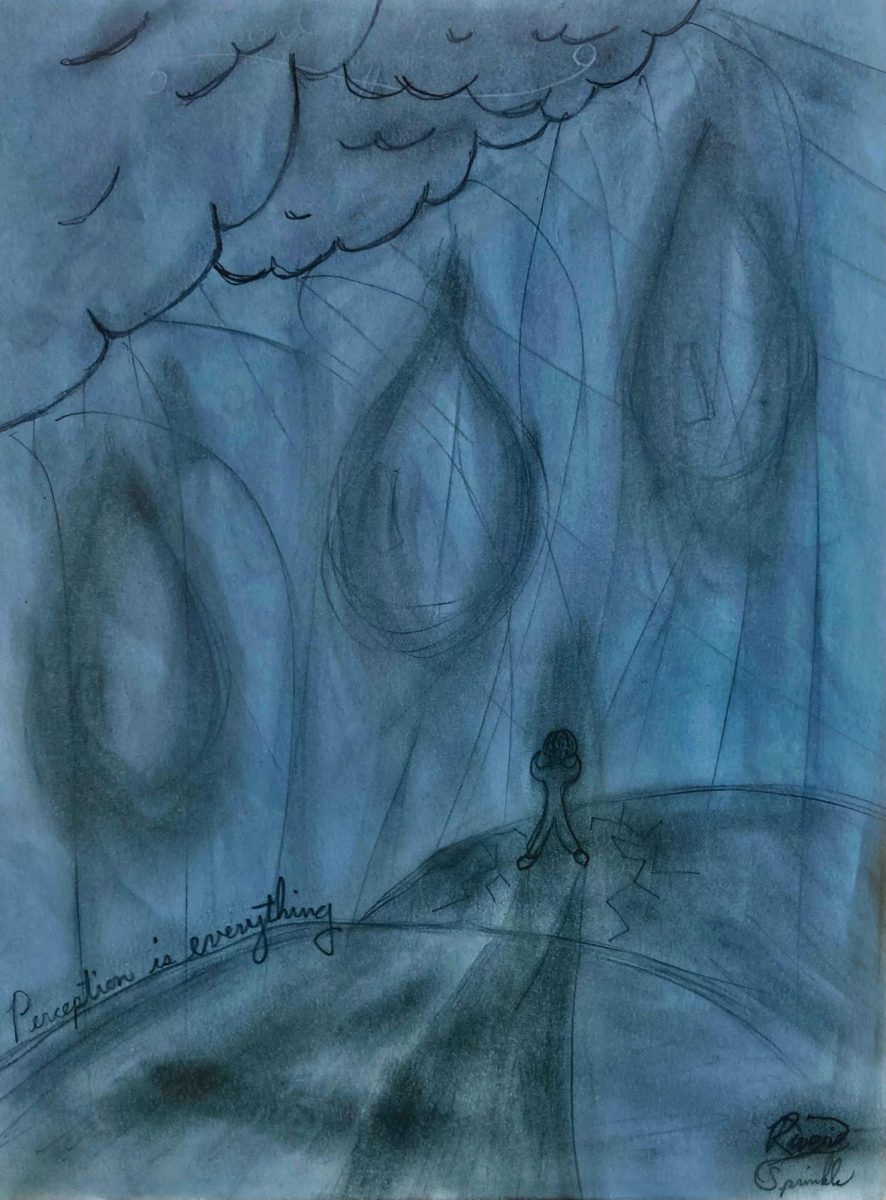Tissue engineer shares research
Kathleen Dervin gestures at an image of a rotator cuff.
February 8, 2016
Kathleen Derwin, an associate staff scientist in the biomedical engineer department of Cleveland Clinic, visited campus last Friday to lecture about her recent research findings concerning tissue engineering.
Derwin has been employed by the Cleveland Clinic since 1998. She is involved with tissue engineering, the practice of combining scaffolds and cells into working tissue.
Her presentation focused on her area of specialty: rotator cuff injuries. The rotator cuff is a group of muscles and tendons that connects the upper arm to the shoulder blade.
Due to frequent and often strenuous use of the rotator cuff, it is prone to tears. Derwin cited a combination of “age, intrinsic disease, and trauma” as a likely cause of a tear.
Although people who throw frequently, such as baseball players, are more likely to suffer a tear, everyone is vulnerable. In fact, almost 50 percent of people over the age of 60 are affected by a rotator cuff injury.
Because the rotator cuff does not heal on its own, intervention measures are required. Physical therapy is a viable option, although it is frequently ineffective as a long-term solution.
In cases in which physical therapy fails, surgery is the next option, but even surgery is not always successful. Ten percent of small tears and 30-50 percent of large tears will re-tear after surgery.
The goals of Derwin’s research are to improve the effectiveness of surgery and then measure the procedure’s success more accurately.
She described a new scaffold that her team is working on that reduces the likelihood of the rotator cuff re-tearing. The scaffold is made of skin-based materials, and it is placed on top of the repaired cuff for reinforcement. Her team’s design has been successfully tested on animals and is currently going through the approval process for human use.
Additionally, Derwin’s team has been creating new means to measure the success of rotator cuff surgeries.
She discussed a method they developed that can measure how far the patient’s tendon pulls away from the bone — a measurement of the surgery’s success. This method involves the placement of markers in the patient’s shoulder during surgery, which can later be viewed on an X-ray. In a test of 13 patients, this method showed that every patient’s tendon pulled away from the bone. Had the markers not revealed this, nine of the patients would have been declared “healed.”
Medicine may still not understand the precise cause of rotator cuff tears, but Derwin and other researchers are making solid advances in the treatment of this common injury.









